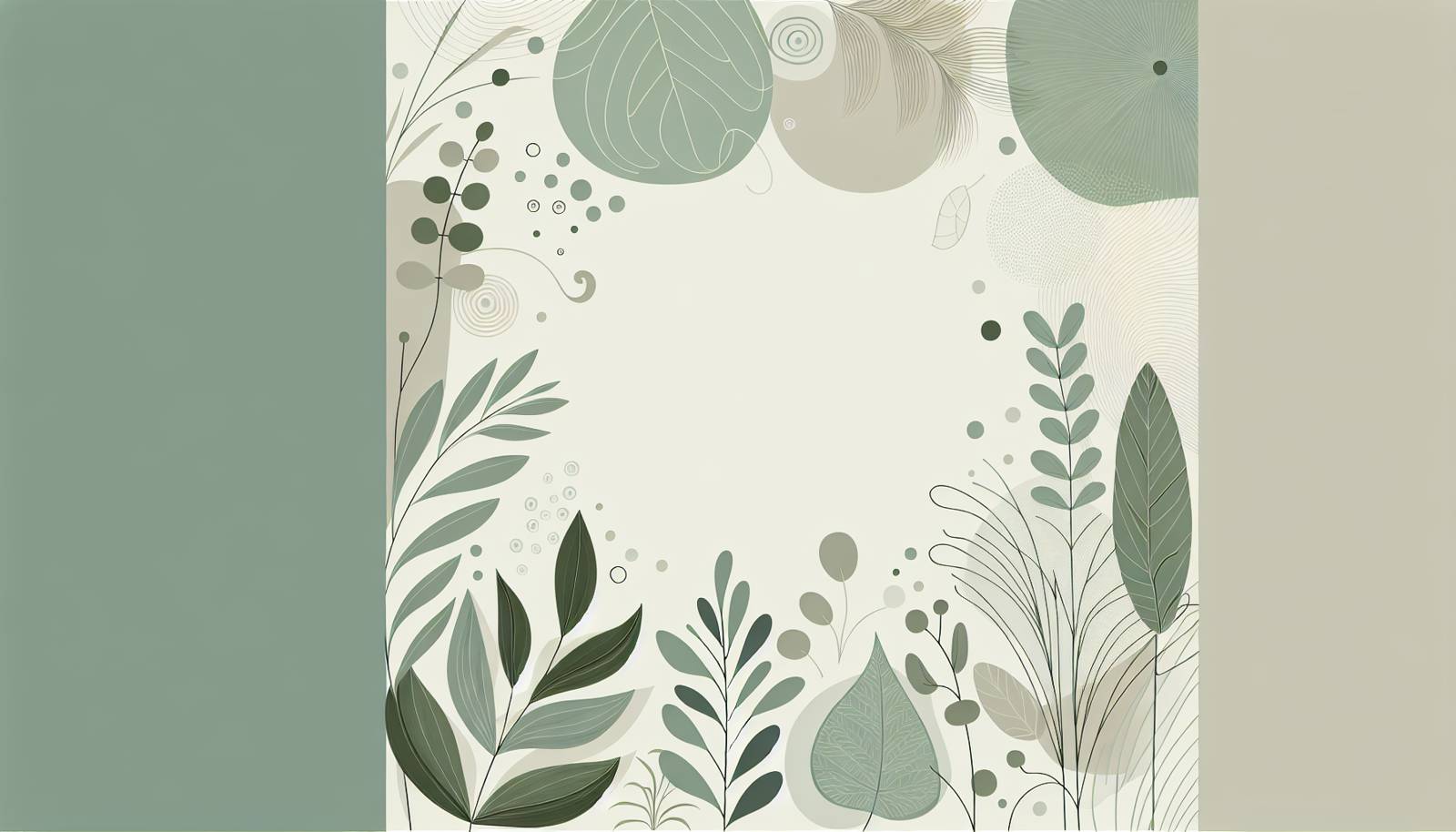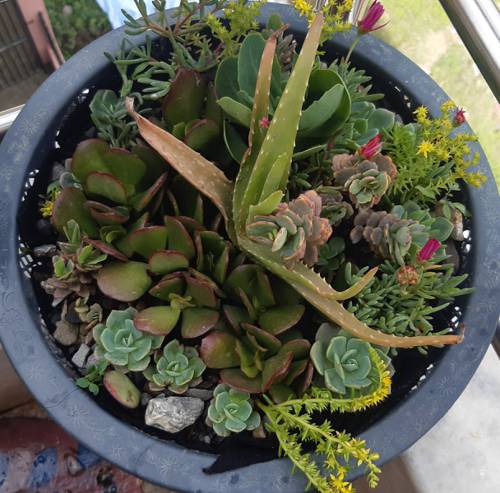
FAQ About Indoor Plant Collection Curation

What are the benefits of curating an indoor plant collection?
Curating an indoor plant collection offers numerous benefits. Plants help improve air quality by filtering pollutants and releasing oxygen. They also add a touch of nature and tranquility to your indoor environment, which can enhance mood and reduce stress. Additionally, tending to plants can be a rewarding hobby, fostering a sense of responsibility and achievement.

How do I choose the right plants for my indoor collection?
Choosing the right plants for your indoor collection depends on several factors, including environmental conditions (light, temperature, humidity), the space available, and your personal preferences. It’s important to research each plant’s specific care requirements to ensure they are compatible with the conditions in your home. Also, consider your ability to maintain them, choosing low-maintenance plants if you have a busy lifestyle.

What are some easy-care plants for beginners?
Some easy-care plants ideal for beginners include the snake plant (Sansevieria), pothos (Epipremnum aureum), and the ZZ plant (Zamioculcas zamiifolia). These plants are known for their tolerance to a range of lighting conditions and infrequent watering needs, making them great choices for those new to plant care.

How can I create aesthetic harmony with my plant collection?
To create aesthetic harmony, consider the visual characteristics of your plants such as color, size, shape, and texture. Group plants with complementary features together to create a cohesive look. Additionally, use stylish pots or planters that match your interior design and place the plants strategically to enhance different areas of your home.

What are some strategies for arranging indoor plants?
Arrange indoor plants by using a mix of heights and textures to create visual interest. Use plant stands or hang plants to add dimension. Consider placing larger plants as focal points, while smaller plants can be clustered together for a lush effect. Make sure taller plants don’t block light from reaching smaller ones and allow enough space for each plant to thrive.

Should I consider plant compatibility when curating my collection?
Yes, plant compatibility is important to ensure all plants in your collection thrive. Consider their environmental needs such as sunlight and humidity, and group plants with similar care requirements. This can make maintenance easier and reduce the risk of one plant negatively affecting another due to differing needs.

How often should indoor plants be watered?
The watering needs of indoor plants can vary widely. Factors such as plant type, size, potting medium, and environmental conditions affect watering frequency. Generally, it's best to water when the top inch of soil feels dry or according to the specific care requirements of each plant. Overwatering is a common mistake, so ensure pots have drainage to prevent waterlogging.

What role does light play in indoor plant care?
Light is crucial for plant photosynthesis and overall health. Different plants have varying light requirements, such as full sun, indirect sunlight, or low light. It's important to understand the light levels in different areas of your home and match plants with appropriate light needs to their designated spots for optimal growth.

Can I grow flowering plants indoors?
Yes, many flowering plants can thrive indoors with the right conditions. Popular choices include African violets, peace lilies, and orchids. These plants typically require ample bright, indirect light and careful watering to encourage blooming. Pay attention to their specific needs to achieve the best flowering results.

What are some considerations for air quality in an indoor plant collection?
Indoor plants can help improve air quality by absorbing pollutants and increasing humidity. However, factors such as plant density and species affect their efficiency. Ensure good air circulation and avoid overcrowding plants. Additionally, choose plants known for their air-purifying qualities, such as spider plants, ferns, and rubber plants.

What pests should I look out for in my indoor plants?
Common indoor plant pests include spider mites, aphids, and mealybugs. Regularly inspect plants for signs of infestation such as discolored leaves or webbing. Immediate treatment with insecticidal soap or neem oil can help manage pests. Maintaining proper plant hygiene can prevent infestations.

How can I propagate plants to expand my indoor collection?
Propagation is a good way to expand your plant collection without buying new plants. Methods include using cuttings, leaf propagation, or division depending on the plant species. For example, pothos can be propagated using stem cuttings placed in water or potting mix until roots develop.

Are there any toxic indoor plants to avoid?
Yes, some common indoor plants can be toxic to pets or children, such as the philodendron, dieffenbachia, and peace lily. If you have pets or young children, research plant toxicity and choose non-toxic alternatives or place toxic plants out of reach.

How can I manage humidity levels for my indoor plants?
Many indoor plants thrive in higher humidity levels. To increase humidity, you can group plants together, use a humidifier, or place a tray of water near the plants. Misting leaves is another method, but ensure proper air circulation to prevent mold or mildew.

What tools should I have for indoor plant care?
Helpful tools for indoor plant care include a watering can with a narrow spout for controlled watering, pruning shears, a moisture meter, and gardening gloves. Having a basic set of tools ensures you can effectively maintain and manage your plant collection.

Can I grow edible plants indoors?
Yes, many herbs and small vegetable varieties can be grown indoors. Herbs such as basil, mint, and rosemary are popular indoor choices due to their compact size and easy maintenance. They just need adequate sunlight or grow lights to flourish.

How should I choose pots for my indoor plants?
Choose pots that have good drainage to prevent waterlogging. Pots should be slightly larger than the current root ball to allow space for growth. Additionally, consider the material of the pot and its aesthetic appeal, ensuring it complements your interior decor.

How can I identify indoor plant diseases?
Indoor plant diseases often manifest as spots on leaves, wilting, or stunted growth. Common diseases include root rot, caused by overwatering, and powdery mildew. Look for visual signs and remove affected parts or use fungicides as necessary to prevent further spread.

What role does temperature play in indoor plant care?
Temperature affects plant growth and health. Most indoor plants thrive in temperatures between 65°F to 75°F (18°C to 24°C). Keeping plants away from drafts, heaters, or air conditioners is crucial, as sudden temperature changes can stress or damage the plants.

How can I deal with overgrown plants in my collection?
If plants become overgrown, they can be pruned back to maintain their shape and size. Repotting into a larger container can also help, giving the roots more space to grow. Ensure any pruning is done with clean, sharp shears to avoid damaging the plant.
